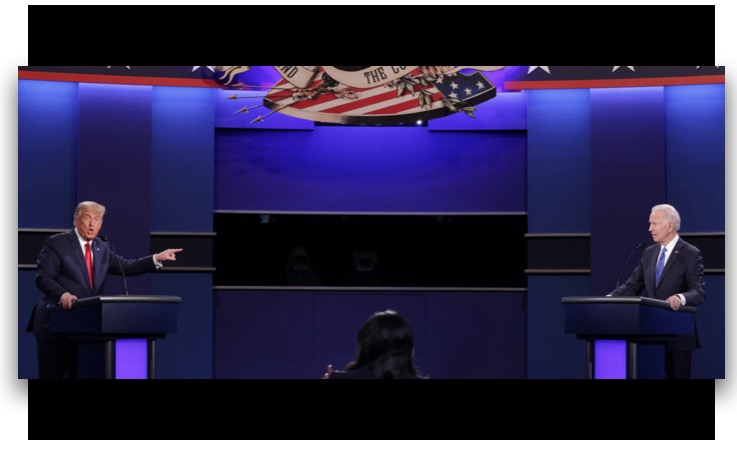CommentsPOLITICAL LANDSCAPE - These are strange times in American politics. Slowly but surely, the Democrats have been losing their historically working class and multi-racial base, with Hispanics in particular drifting Right.
This shift was starkly evident in the recent New York Times/Siena poll which showed that, for the first time ever, Democrats had a larger share of support among white graduates than among non-white voters, achieving effective parity with Republicans over the Hispanic vote.
The shift has unsettled each party in less than attractive ways. The Democrats’ growing reliance on college-educated affluent white people reflects the policies pursued by the Biden Administration, which is both inept and widely unpopular. Although there are the de rigeur calls to help the middle class, the President has identified himself with the issues that animate the activist element in the upper classes. These include aggressive climate change policies, near limitless abortion access, lax immigration controls (opposed by two-thirds of Americans) and the implementation of critical race theory in schools. Amid soaring inflation, working class voters have been worst affected, many of which include the increasingly influential Latino voter as well small business owners, whose confidence is at a near half-century low.
Yet the Republicans, as the late Rodney Dangerfield would put it, “are no bargain either.” Despite a gain in support among Latino and ethnic minority voters in the 2020 election, Donald Trump is hurting the GOP brand. As his role in the Jan 6 chaos becomes increasingly apparently, it would be wise for the party to separate from its former leader before it’s too late. In addition, the party’s embrace in some states of total bans on abortion and laissez-faire gun policies, threatens its base in suburbia, especially among women.
Clearly, both parties need new champions. Two examples already stand out. For the Republicans recently elected Virginia Governor Glenn Youngkin represents a tolerant and reasoned conservatism that has shown appeal in even affluent suburbs. Of course, not having a manic temperament like Trump’s helps.
The Democrats, meanwhile, have a potential new role-model in Rep. Tim Ryan, now running for Senate in the pivotal state of Ohio. His campaign is focused on bread-and-butter issues that appeal to working-class voters, as well as an endorsement of Trump’s China and trade policies. These positions may not appeal to the tech oligarchs linked to China, but they could help restore some of the party’s base.
The fundamental reality is this: nearly two-thirds of Americans don’t have a BA, much less a PhD from Harvard. In fact, college enrollmenthas dropped by 1.3 million over the past two years and professor’s salaries are dropping. Demographically it’s the working class, not college graduates, that is ascendant. In other words, the political future of America rests on the people who work in places like Home Depot, drive trucks, build houses, work as aides in nursing homes and hospitals. They are increasingly what Franklin Roosevelt called “the forgotten” but the winning party will be the one that remembers them. Whichever party captures this coalition, they will be the victor.
(Joel Kotkin is executive editor of NewGeography.com and Roger Hobbs Distinguished Fellow in Urban Studies at Chapman University, and a member of the editorial board of the Orange County Register. He is author of “The City: A Global History” and “The Next Hundred Million: America in 2050.” His most recent book is “The New Class Conflict.” Joel Kotkin lives in Orange County, CA.)






